How to know which Chimney Is Best for your Kitchen?
Chimneys are of different types and come with various types of filters, suction powers, designs and such. It becomes difficult to pick the right one for your kitchen, here are the answers to the most frequently asked questions while buying a chimney that should make your purchase easier.
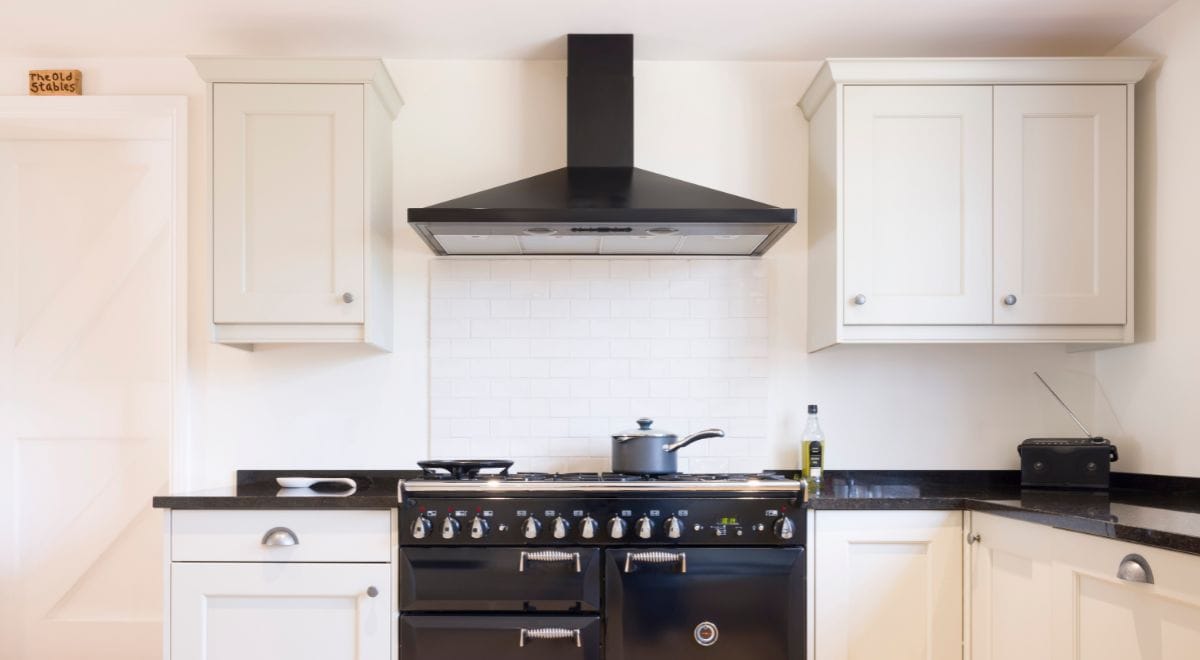
While preparing delicious food at home, especially in India, it becomes extremely essential to eliminate the by-products that fill the house with smoke and stain the ceilings and tiles with grease. Chimney steps in here before these unwanted outcomes leave an impression in our kitchens to stain the day. A Chimney is effective when it makes our cooking experience fun by absorbing the odour and ventilating the kitchen.It is natural to question ourselves ‘which chimney to purchase’, ‘what to consider before buying a chimney’, ‘types of chimneys’ or ‘how to select the right chimney for my kitchen’.
Primarily, the chimney should fit your kitchen in terms of size and design, it should have the right filter and suction power suiting your cooking needs and so on. In order to make the process easier, we have a list of the most frequent questions while purchasing a chimney:
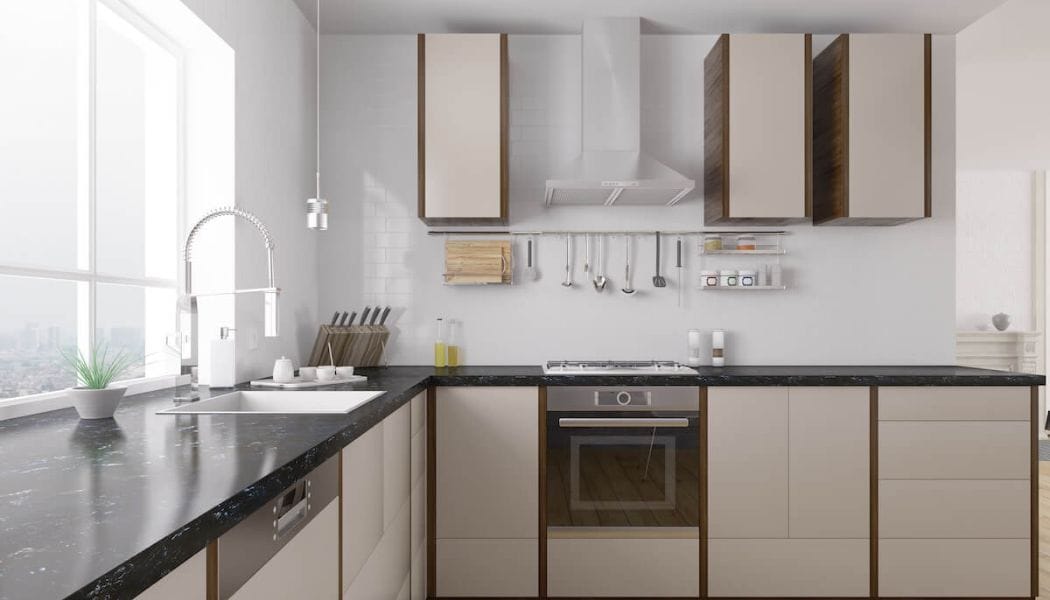
Ducted or Ductless?
The major difference between the two is that ducted chimneys trap the grease and expels the heat, odour and smoke through a PVC pipe whereas a ductless (recycling) chimney absorbs the grease and odour and releases back the clean air into the kitchen, it does not remove the heat and moisture.
Definitely on comparing the two, ducted chimneys are more effective and work better for Indian cooking, the drawback being installation of a PVC pipe and that they are relatively expensive. The advantage of ductless chimneys, though they do not eliminate the heat and moisture in the air, is that they do not require any extra piping leading out of the kitchen and are comparatively sleek models.
What Chimney Size is Good for My Kitchen?
Essentially the standard sizes of chimney are 60cm and 90cm, the trick is to buy according to your stove size. You can estimate the size according to the number of burners, if you have a 2-4 burner stove you can opt for the 60cm chimney and 90cm for more than 3-5 burner stoves. The trick is to purchase the chimney slightly greater than the size of the stove and your chimney size would be just right!
Why not buy a smaller chimney? The answer is simple, the smoke would escape from around the chimney and spread in your kitchen, which would defy your purpose of purchasing it in the first place.
What Type of Chimney Design Should I Use for My Kitchen?
The chimney design depends on the space available, the placement of your stove and the construction of your kitchen. There are a few designs that chimneys come in:
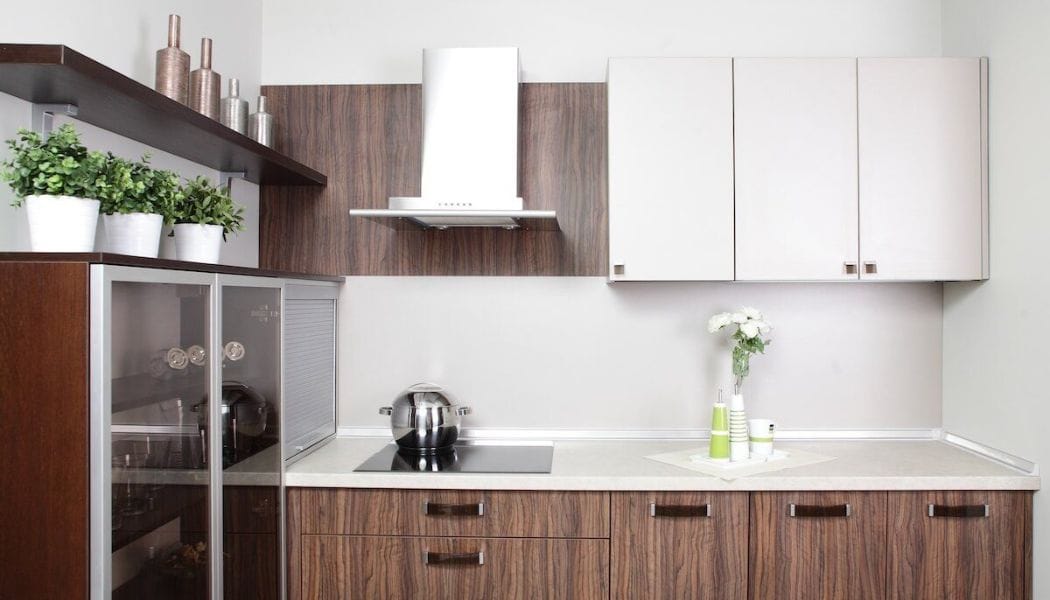
Wall-Mounted Chimney- When your cooking stove is against a wall, this would work really well for you as the chimney is fixed on the wall and is generally found in a pyramid or sleek straight line shape. Ideally this chimney should be about 26 to 30 inches above the stove to function well. Click here to buy a wall-mounted chimney.
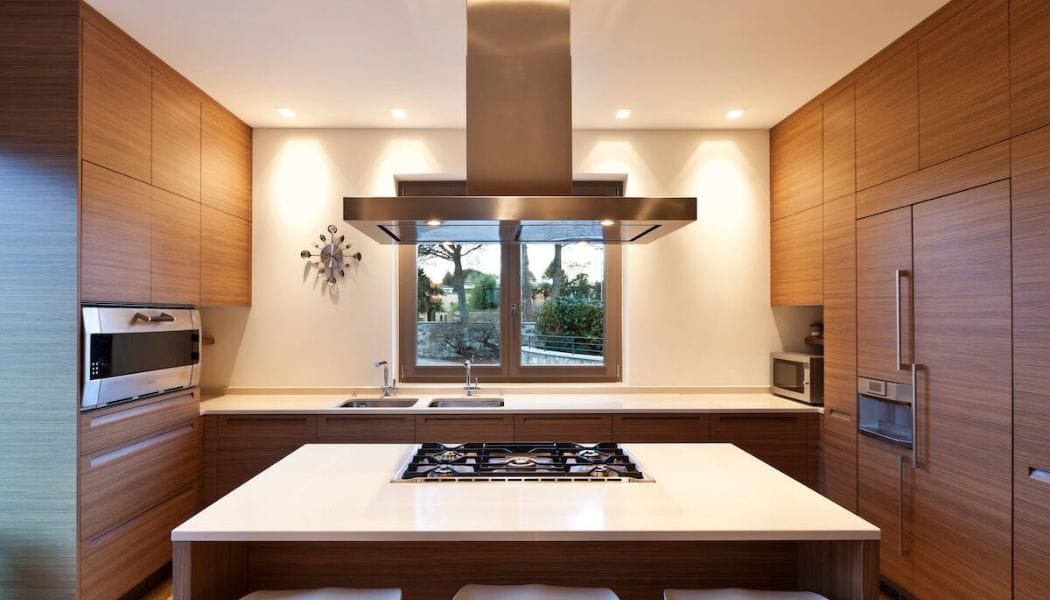
Island Chimney- Works best for kitchens with a cooking island, where the stove is in the middle of the kitchen, the planning needs to be done beforehand as the outlet for the PVC pipe and the wiring needs to be arranged perhaps with a faux ceiling.
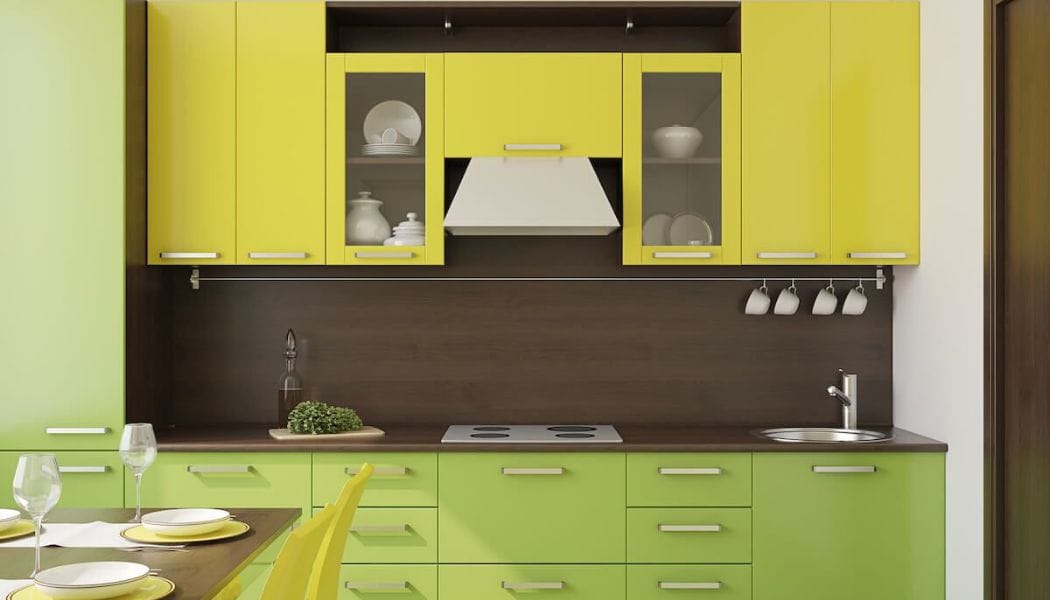
Built-in Chimney- With a small kitchen, built-in chimneys are most suitable, as the name suggests they are built in with the woodwork and walls of the kitchen, so it does not take a lot of space. It requires planning well in advance.
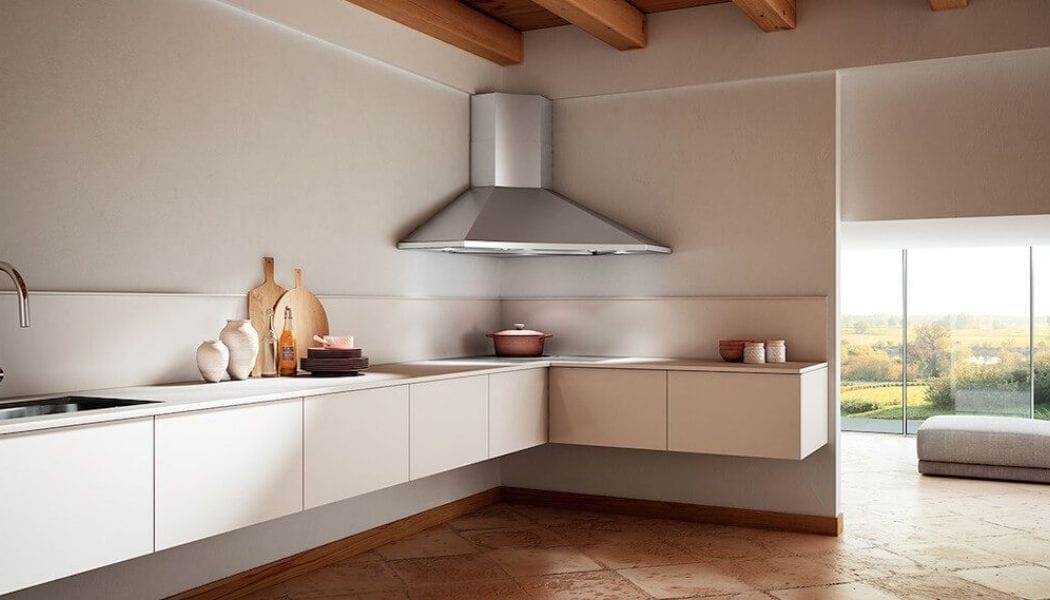
Corner Chimney- Not very common in India, these are for stoves placed in the corner of the kitchen.
What is a Chimney Filter, which Filter to get?
The job of trapping the pollutants like grease and odour and cleaning the air of the filter in a removable compartment in the filter. Chimney filters are divided into three categories:
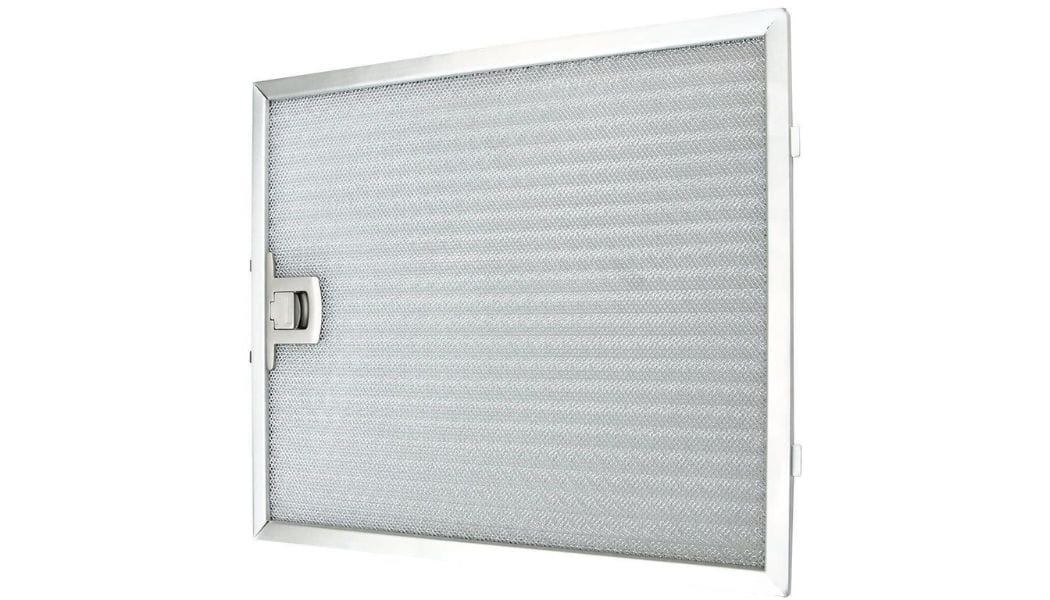
A Cassette Filter- It is a metal mesh with multiple layers that trap the grease and oil. Since it gets trapped between the aluminium or metal threads, it eventually affects the suction power upon getting clogged, which is its major drawback. Its easy solution is to clean the filter once a week with warm soapy water, you might have to use a scrub. Elica has a range of chimneys with this filter.
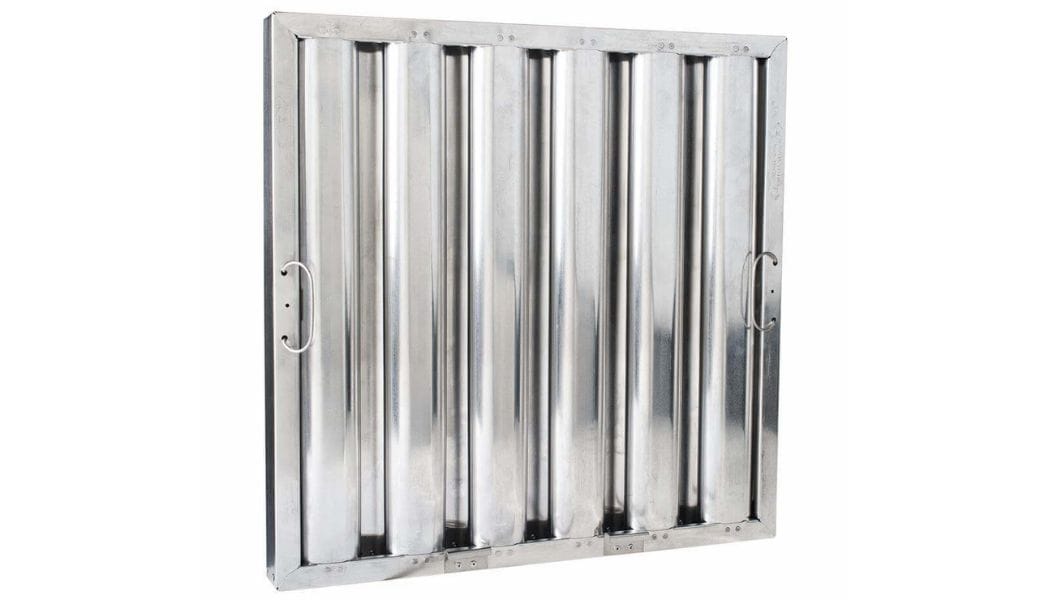
Baffle Filter- Working on a ‘cut-and-chop’ method, this filter is made of overlapping layers of steel and aluminium, placed in a manner that it redirects the flow of the smoke in every layer. This structure is called the multiple curve structure. This method essentially separates the grease and other heavy particles from the air by merely changing the direction of the air. It is most advisable for Indian style cooking. It is also easy to maintain as the clogging of the filter does not affect the suction power of the chimney and the maintenance is just cleaning the filter once in three months. This filter can run for years without the need for a replacement. Click here to buy a chimney with baffle filter.
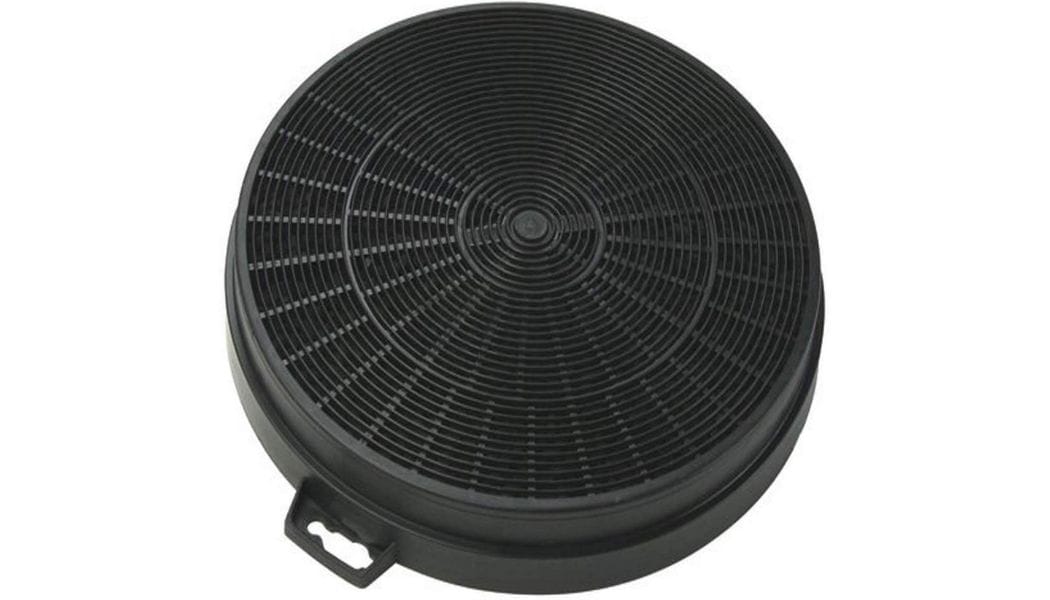
Carbon Filter- Commonly used in Ductless chimneys and has a grease and charcoal layer which traps the grease and odour respectively. The filter needs to be replaced at least twice a year.
What is Suction Power, Which is Good for My Kitchen?
The suction capacity varies from 400 m³/hr to 1,600 m³/hr. Mostly between 700 to 1,000 m³/hr works well for average cooking however in case of regular deep fried cooking suction power of 1,200 m³/hr or above is advisable.
We hope we have been able to answer most of your chimney related questions. If there are any moments you are stuck with chimney installation, repair or cleaning, HomeTriangle provides the best professionals for your help, just one click away!

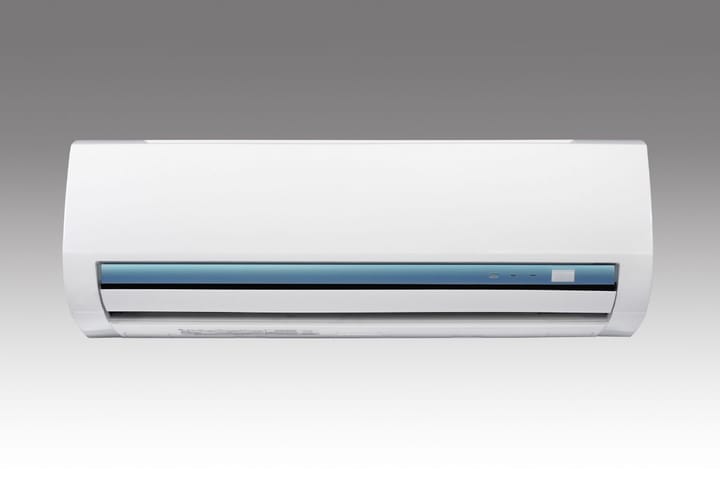
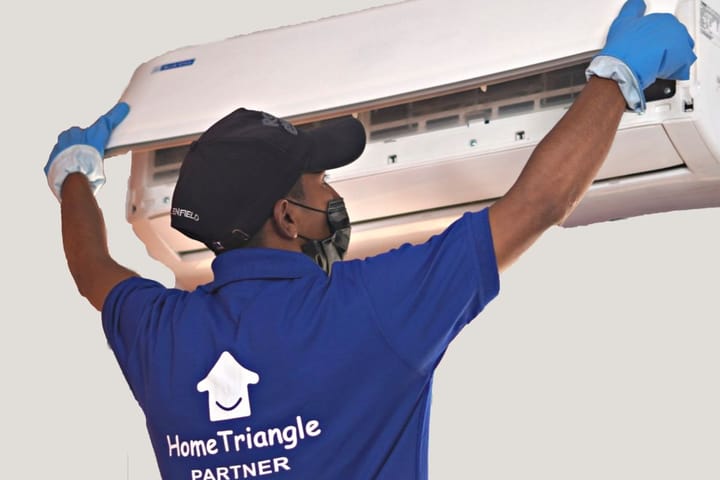

Comments ()